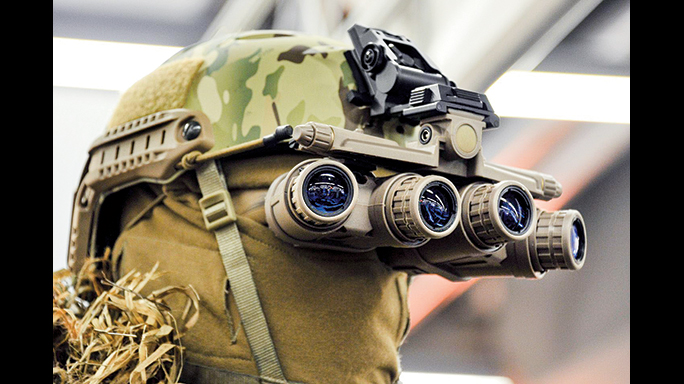Note: This is Part 2 of the 3-part “micro-key” training series. To read Part 1, click here.
On the night of May 2, 2011, when SEAL Team Six kicked in the front door of al-Qaeda’s Osama Bin Laden, they had the next best thing to X-ray vision.
Instead of conventional two-tube night-vision goggles, each elite soldier was wearing a pair of $65,000 four-tube NVGs that expanded their field of vision from 40 degrees to 120 degrees.

That four-eyed system gave the SEALs an unprecedented ability to navigate through treacherous territory and successfully complete their high-pressure mission.
In the same way that SEALs enhance their field of vision, you (and your team) need to develop the ability to discern what’s not easily visible to the naked eye so you can make better decisions.
Here’s what I mean:
Every human interaction holds a wealth of vital information. Subtle body language and micro-expressions like an eyelash flutter, wrinkled nose or slight hesitation give valuable clues to what people are really feeling.
But if you don’t notice and acknowledge them, things can quickly take a painful turn.
That’s why one of the key techniques I share with clients is how to use my “FASTT Map” to prepare for high-stakes conversations. Not only does it enable them to read the room, it gives them confidence to quickly adapt their response.
Here’s how it helped one founder re-motivate his team and keep them from quitting:
It was the monthly review, and he could see people were disengaged.
“Normally,” he told me, “I would have reacted with ego. I would have shown my frustration and said, ‘Why aren’t we growing faster? What’s going on?’”
This time, however, he was able to zoom out and take a different tack.
He said to the team: “Let’s pause for a second. I can see there’s tension in the room and your energy is low. Will you be honest with me and tell me how you are feeling?”
Now this was a risky move.
He didn’t have any immediate solutions; he couldn’t tell them the new plan yet. It could easily have turned into mass mutiny.
But he listened and took notes as they shared how they felt: anxious, like they were second-class citizens, treading water.
It opened up into a frank and vulnerable conversation and people sent him messages afterwards, thanking him for being transparent and saying it was the most inspiring meeting they’d ever been in: “I went into that meeting wanting to quit,” said one of them. “But now I get it, thank you.”
As a leader, you can’t simply invest in $65K hardware to instantly expand your capabilities.
It takes practice and commitment, using tools like the FASTT Map, to develop self-control and interpersonal intelligence.
But when you do, the results are powerful — the difference between walking through a goldmine or a minefield.